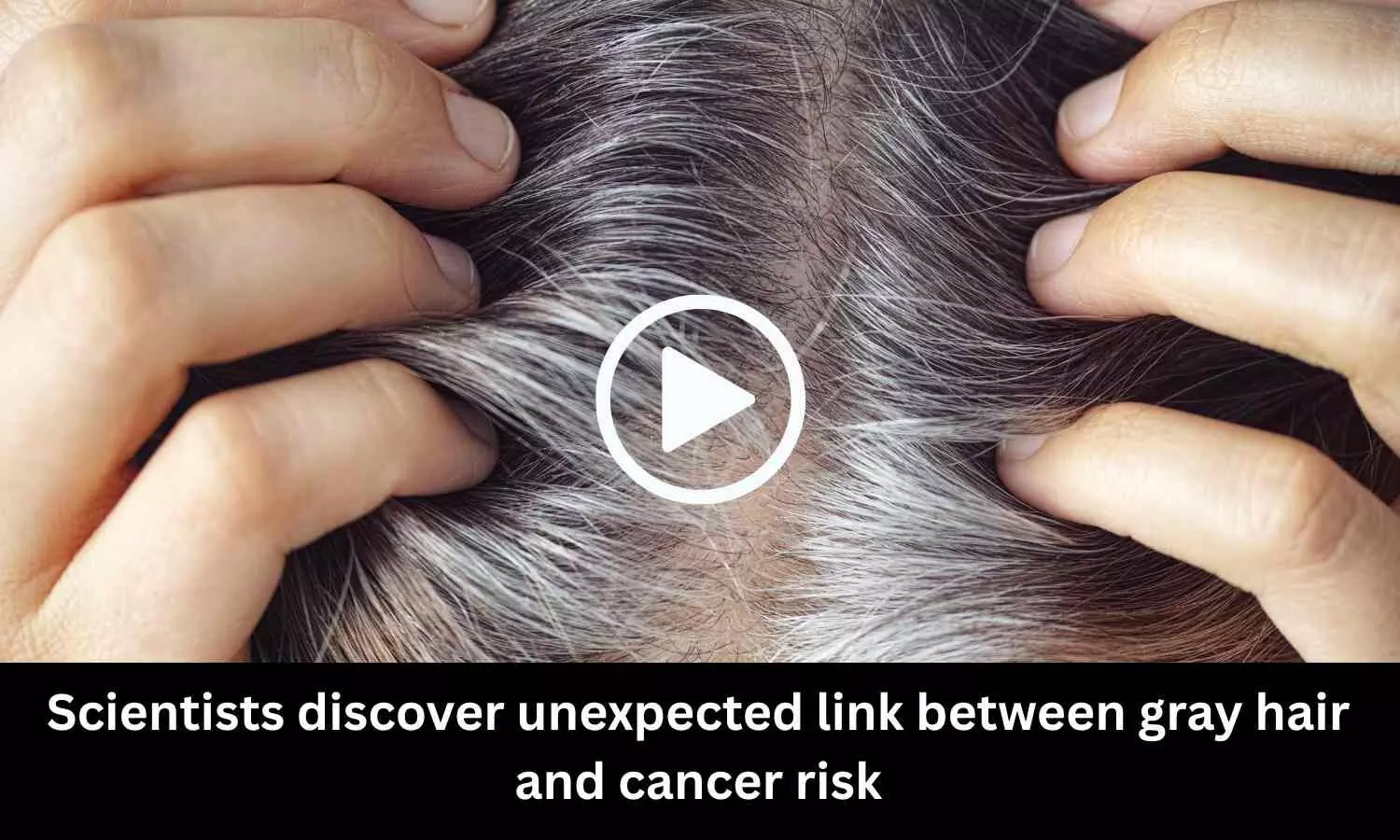Scientists discover unexpected link between gray hair and cancer risk
- byDoctor News Daily Team
- 29 October, 2025
- 0 Comments
- 0 Mins

Scientists have discovered how DNA damage in stem cells can determine whether hair turns gray or becomes vulnerable tocancer. A new study published on October 6, 2025, inNature Cell Biologyby researchers from The University of Tokyo explains how melanocyte stem cells (McSCs) in hair follicles respond differently to various forms of DNAstress. The work, led by Professor Emi Nishimura and Assistant Professor Yasuaki Mohri, reveals that the same population ofstem cellscan either stop regenerating, leading to graying hair, or expand abnormally, increasing cancer risk. Melanocyte stem cells reside in the bulge-sub-bulge area of hair follicles and serve as the source for pigment-producing melanocytes that give hair its color. The researchers aimed to understand how these stem cells handle DNA damage accumulated over time from internal and environmental sources such as UV exposure or chemical carcinogens, both of which influence tissue aging and cancer development. Using long-term lineage tracing and gene expression profiling in mouse models, the researchers analyzed how McSCs reacted to DNA double-strand breaks and exposure to carcinogens. They induced DNA damage through controlled radiation and chemical exposure, tracking how individual stem cells changed over time. Molecular analyses focused on the activation of stress response pathways, particularly the p53-p21 system, to determine how cells decide between differentiation and renewal. When McSCs experienced double-strand DNA breaks, they entered a process called senescence-coupled differentiation, or seno-differentiation. In this state, the cells permanently matured and exited the stem cell cycle, leading to pigment loss and hair graying. However, when exposed to carcinogens such as 7,12-dimethylbenz(a)anthracene or ultraviolet B rays, this protective mechanism was bypassed. Instead, the damaged cells continued to proliferate with assistance from KIT ligand signals released by nearby tissues. This unchecked renewal drove clonal expansion, setting the stage for potential melanoma formation. According to Nishimura, the results show that stem cells can follow opposing fates-protective aging or malignant growth-depending on the stress type and surrounding tissue signals. These discoveries bridge a vital gap between aging and cancer research, revealing how cellular self-destruction helps maintain tissue health and prevent tumor formation. Reference:Yasuaki Mohri, Jialiang Nie, Hironobu Morinaga, Tomoki Kato, Takahiro Aoto, Takashi Yamanashi, Daisuke Nanba, Hiroyuki Matsumura, Sakura Kirino, Kouji Kobiyama, Ken J. Ishii, Masahiro Hayashi, Tamio Suzuki, Takeshi Namiki, Jun Seita, Emi K. Nishimura. Antagonistic stem cell fates under stress govern decisions between hair greying and melanoma. Nature Cell Biology, 2025; 27 (10): 1647 DOI: 10.1038/s41556-025-01769-9
Disclaimer: This website is designed for healthcare professionals and serves solely for informational purposes.
The content provided should not be interpreted as medical advice, diagnosis, treatment recommendations, prescriptions, or endorsements of specific medical practices. It is not a replacement for professional medical consultation or the expertise of a licensed healthcare provider.
Given the ever-evolving nature of medical science, we strive to keep our information accurate and up to date. However, we do not guarantee the completeness or accuracy of the content.
If you come across any inconsistencies, please reach out to us at
admin@doctornewsdaily.com.
We do not support or endorse medical opinions, treatments, or recommendations that contradict the advice of qualified healthcare professionals.
By using this website, you agree to our
Terms of Use,
Privacy Policy, and
Advertisement Policy.
For further details, please review our
Full Disclaimer.
Recent News
mRNA COVID vaccines may improve survival rates in...
- 29 October, 2025
Scientists discover unexpected link between gray h...
- 29 October, 2025
Eating peanuts during pregnancy may affect how a c...
- 29 October, 2025
New Drug-Eluting Balloon Matches Standard Stents i...
- 29 October, 2025
Daily Newsletter
Get all the top stories from Blogs to keep track.


0 Comments
Post a comment
No comments yet. Be the first to comment!